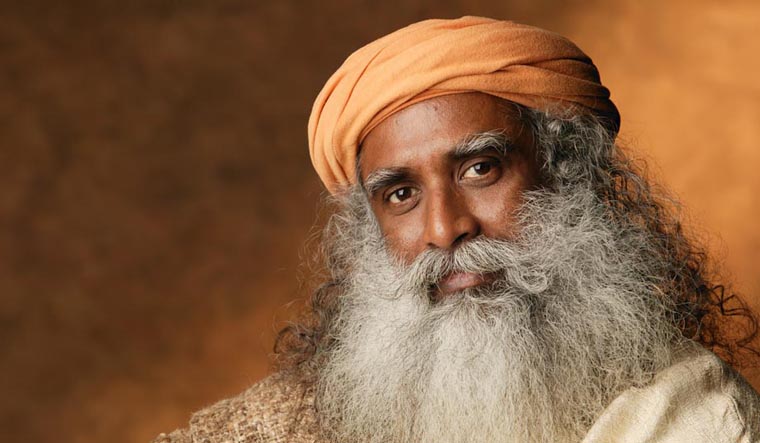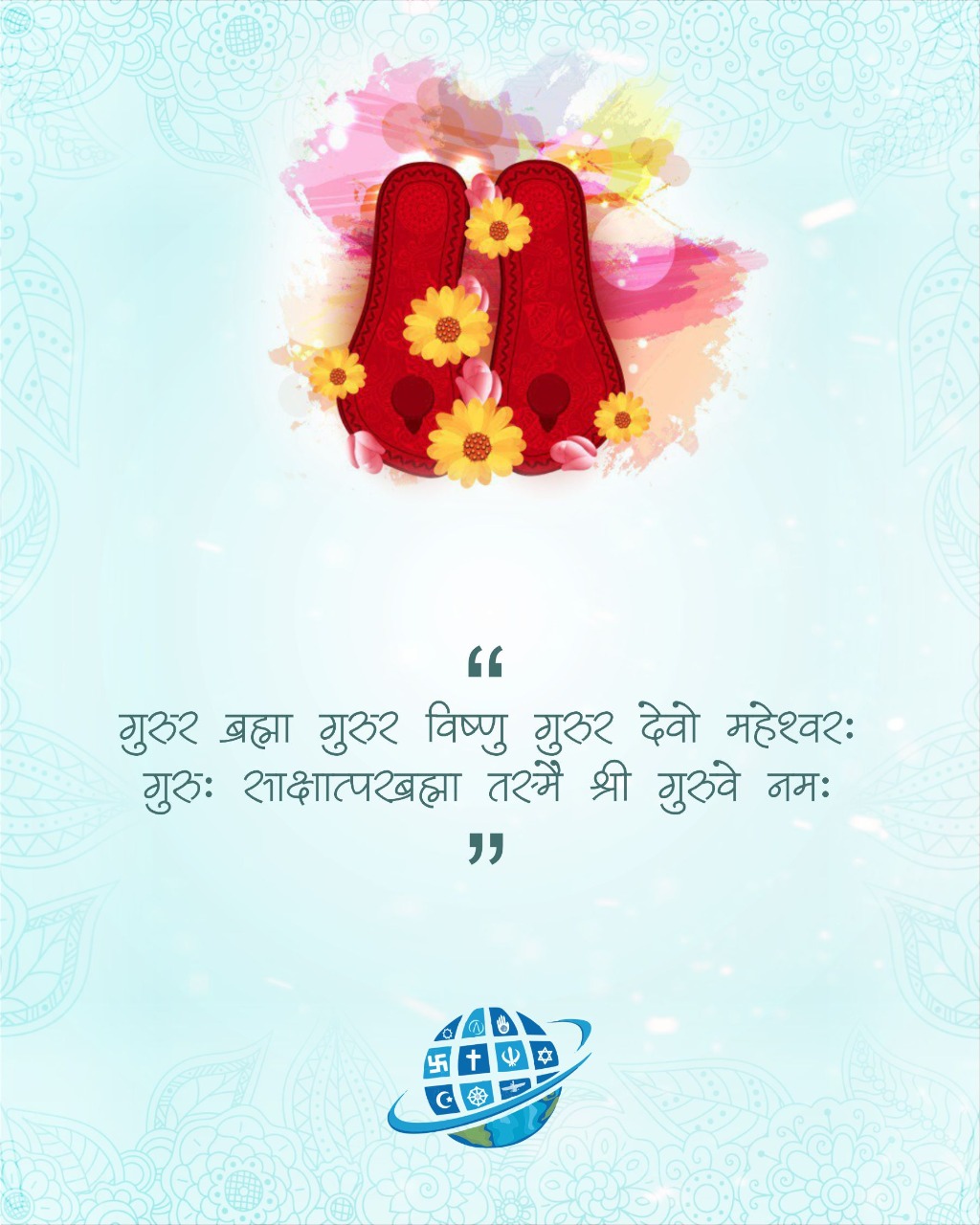Spiritual Gurus who have Shaped Our Lives
Over centuries, people have turned to spiritual leaders for enlightenment and guidance, and it still holds true, for such leaders still inspire fervor in their believers. People’s beliefs have been shaped by generations of various spiritual innovators.
Tirumalai Krishnamacharya

Born in 1888 in the remote village of Muchukundapuram in the erstwhile Mysore state, situated in what is now Chitradurga district, Krishnamacharya hailed from a family of scholars and priests. His father Tirumalai Srinivasa Tatachary and mother Ranganayakamma were devout Shri Vaishnavas.
In 1904, when Krishnamacharya was just sixteen years old, strange things began to happen to him. The legend goes that he had a dream in which he was advised to travel to the town of Alvar Tirunagari in Tamil Nadu. Following that instruction, he traveled to the town, and on arrival there, is said to have passed into a trance.
Krishnamacharya reportedly goes to Tibet’s Mt. Kailash for 7 years to study yoga therapy in the cave of the putatively 230-year-old, Ramamohana Brahmachari. Firstly he was taught precept of pranayama, lived on a fruit diet, continued his study for 7 years (1915-1922). Later, he learned yoga sutras Patanjali by heart and taught to determine the health of living being by measuring heart beat and pulse rate.
According to Krishnamacharya, saint knew 7000 asanas but he Krishnamacharya mastered 3000 asanas. Also, he admitted to studied Yoga Korunta—a Tibetan text on yoga healing—and side-tripping to Kabul, to Kashmir (for Sufism) and to Burma (for Buddhist yoga). When his tutelage ends, his guru tells him to marry and earn his living by yoga.
Many considered Krishnamacharya a yoga master, but he continued to call himself a student because he felt that he was always “studying, exploring, and experimenting” with the practice. Throughout his life, Krishnamacharya refused to take credit for his innovative teachings but instead attributed the knowledge to his guru or to ancient texts.
Maharishi Mahesh Yogi

Maharishi Mahesh Yogi was born 12th of January 1917 in India. He studied Physics at Allahabad University and received his Master’s degree in 1940. After finishing his academic studies, however, he decided to look for deeper meaning in life — he started rigorous yoga and meditation practice as a disciple of a highly revered yogi, Guru Dev.
After his teacher’s death, Maharishi began his first teaching tour in the Far East, then crossed the ocean in 1958 – taking the knowledge about Transcendental Meditation to the USA and Europe. He declared 1959 ’the year of global awakening’.
The Maharishi started then transcendental meditation movement in 1957. He called it TM, a trademark, and it consisted of closing one’s eyes twice a day for 20 minutes while repeating a mantra silently. The goal was to attain deep relaxation, clear thinking, inner fulfillment, and to eliminate stress and promote good health. TM is now a multi-billion dollar industry.
The Dalai Lama

The Dalai Lamas are believed by Tibetan Buddhists to be manifestations of Avalokiteshvara or Chenrezig, the Bodhisattva of Compassion, and the patron saint of Tibet. Bodhisattvas are realized beings, inspired by the wish to attain complete enlightenment, who have vowed to be reborn in the world to help all living beings.
The 14th Dalai Lama, Tenzin Gyatso, describes himself as a simple Buddhist monk. He is the spiritual leader of Tibet. He was born on 6 July 1935, to a farming family, in a small hamlet located in Taktser, Amdo, northeastern Tibet. At the age of two, the child, then named Lhamo Dhondup, was recognized as the reincarnation of the previous 13th Dalai Lama, Thubten Gyatso.
Began his monastic education at the age of six. The curriculum, derived from the Nalanda tradition, consisted of five major and five minor subjects. The major subjects included logic, fine arts, Sanskrit grammar, and medicine, but the greatest emphasis was given to Buddhist philosophy which was further divided into a further five categories: Prajnaparamita, the perfection of wisdom; Madhyamika, the philosophy of the Middle Way; Vinaya, the canon of monastic discipline; Abhidharma, metaphysics; and Pramana, logic, and epistemology. The five minor subjects included poetry, drama, astrology, composition, and synonyms.
In 1950, after China’s invasion of Tibet, The 14th Dalai Lama was called upon to assume full political power. In 1954, he went to Beijing and met with Mao Zedong and other Chinese leaders, including Deng Xiaoping and Chou Enlai. Finally, in 1959, following the brutal suppression of the Tibetan national uprising in Lhasa by Chinese troops, His Holiness was forced to escape into exile. Since then he has been living in Dharamsala, northern India.
The Dalai Lama is a man of peace. In 1989 he was awarded the Nobel Peace Prize for his non-violent struggle for the liberation of Tibet. He has consistently advocated policies of non-violence, even in the face of extreme aggression. He also became the first Nobel Laureate to be recognized for his concern for global environmental problems.
Sri Sri Ravi Shankar

Sri Sri Ravi Shankar is a globally revered spiritual and humanitarian leader. He has spearheaded an unprecedented worldwide movement for a stress-free, violence-free society. Through a myriad of programs and teachings, a network of organizations including the Art of Living and the International Association for Human Values, and a rapidly growing presence across 156 countries, Sri Sri has reached an estimated 450 million people. Sri Sri has developed unique, impactful programs that empower, equip, and transform individuals to tackle challenges at global, national, community and individual levels.
Born in 1956 in Southern India, Sri Sri was a gifted child. By the age of four, he was able to recite the Bhagavad Gita, an ancient Sanskrit scripture, and was often found in meditation. He holds degrees in, both, Vedic literature and physics.
In 1982, Sri Sri entered a ten-day period of silence in Shimoga located in the Indian state of Karnataka. The Sudarshan Kriya, a powerful breathing technique, was born. With time, the Sudarshan Kriya became the center-piece of the Art of Living courses.
Sri Sri founded The Art of Living as an international, non-profit, educational, and humanitarian organization. Its educational and self-development programs offer powerful tools to eliminate stress and foster a sense of well-being. Appealing not only to a specific population, but these practices have also proven effective globally and at all levels of society.
Sadhguru Jaggi Vasudev

Sadhguru was born Jagadish Vasudev on 3 September 1957, in Mysore, Karnataka, India, to Susheela and Dr. Vasudev, in a Telugu speaking family. He became acquainted with Malladihalli Sri Raghavendra Swamiji, a prominent yoga teacher, at the age of 12. Swamiji taught him a set of simple yoga asanas which he regularly practiced without even a single day’s break. After completing his schooling, he enrolled at the ‘University of Mysore’ and graduated with a bachelor’s degree in English Literature. While in college, he became interested in motorcycles and traveled a lot.
Jaggi Vasudev often referred to as ‘Sadhguru,’ is an Indian yogi and mystic who founded the ‘Isha Foundation,’ a non-profit organization that offers yoga programs around the world. A multi-faceted personality, he is also an author, motivational speaker, philanthropist, and spiritual teacher.
As a child, he became fascinated with nature and would often escape to the jungle near his home and spend hours, sometimes even days, in the wild. He also developed a life-long love for snakes as a result of his childhood experiences. As a youngster, he fell in love with motorcycles and traveled to various parts of the country on his motorcycle.
After graduating from college, he went on to become a successful businessman. A spiritual experience at the age of 25 made him rethink his life’s purpose. He eventually realized his true calling and went on to become a yoga teacher. He then opened the ‘Isha Foundation’ to teach yoga. Over a period of time, the foundation became involved in various social and community development activities.
Yogariṣhi Swami Ramdev

Yogariṣhi Swami Ramdev Ji was born to Smt. Gulab Devi and Shri Ram Niwas in a village of Haryana. He had his early education in a village school. At the age of 14, he was admitted to the Gurukul at Kalwa (near Jind, Haryana) were under the blessed tutelage of Acharya Shri Baldevji he studied Sanskrit and Yoga and earned a postgraduate (Acharya) degree with a specialization in Sanskrit Vyakaraṇa, Yoga, Darshana, Vedas, and Upaniṣads, later he was very much inspired by the life and writings of Maharṣi Dayanand and he thoroughly studied Satyartha Prakasha, Ṛigveda adibhaṣhya Bhumika, etc. Along-side the magnetism of Mahariṣhi. Patanjali as an exponent of Yoga, Sanskrit Grammar, and Ayurveda continued to exert its influence on him.
Quite early in his life, he had his goals cut out for him, so he chose the path of celibacy and asceticism. After doing a stint of teaching Yoga, Paṇini’s Aṣṭadhyayi and Patanjali’s Mahabhaṣhya at Gurukuls, he set out on his journey to the Gangotri caves of lofty Himalayas, away from the distractions of mundane activities.
Swamiji took upon himself the onerous responsibility of demystifying and popularizing Patañjali’s Yoga. Swamiji’s main focus is on making the people of India as well as of the whole world adopts yoga and Āyurveda as their lifestyle. His approach to treating ailments and disorders in pragmatic, undogmatic, and non-sectarian.
Sri Ramana Maharshi

Sri Ramana Maharshi was probably the most famous sage of the twentieth century both in India and the rest of the world.
He was renowned for his saintly life, for being fully realized, and for the powerful transmissions that often occurred to visitors in his presence. At age 16 he realized spontaneously and ran away to Arunachala, one of India’s traditional holy sites, where he stayed for the rest of his life. So many people came to see him there that an ashram was built around him. Many of his close devotees were regarded by their peers as self-realized.
Ramana Maharshi always said that his most important teaching was done in silence. He meant that when people were in his physical presence, their minds were affected. In some cases, the effects were astonishingly strong.
His second-most important teaching was a practice called vichara in Sanskrit. The customary English translation is “self-inquiry.”
Self-inquiry as taught by Sri Ramana is the effort to keep attention continuously on the source of the I-thought. He called this source the Heart or the Self.
In 1907, when he was 28, one of his early devotees named him Bhagavan Sri Ramana Maharshi, Divine Eminent Ramana the Great Seer, and the name stuck. Eventually, he became world-famous and an ashram was built around him. He died of cancer in 1950 at the age of 70.
Neem Karoli Baba

Neem Karoli Baba is also known as Neeb Karori Baba and is called “Maharaj-Ji” by His devotees. Maharaj Ji’s teachings were simple and universal. He often said, “Sub Ek” — All is One. He taught us to “love everyone, serve everyone, remember God, and tell the truth.” Strongly connected to Hanuman, the Hindu God in the form of a monkey, Maharaj-Ji “taught” in a highly personalized, non-traditional way that reflected the deep devotion of the bhakti path of the heart. Known as the “Miracle Baba” throughout north India, He manifested many siddhis (powers), such as being in two places at once or putting devotees in samadhi (state of God-consciousness) at the touch of a finger.
Maharaj-Ji is best known for the unconditional love He showered on all who came into His presence as well as those who never met Him in the body but established a connection to him beyond the physical plane. This is how Maharaj-Ji became known as Neem Karoli Baba, which means the sadhu from Neem Karoli (or Neeb Karori).
Baba Neem Karoli Maharaj was a great Indian saint of the Himalayan lineage who left his body in 1973.
[video_ads]
[video_ads2]
You can send your stories/happenings here:info@religionworld.in









